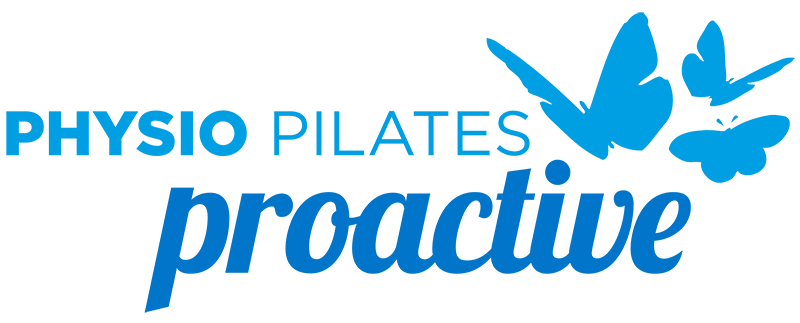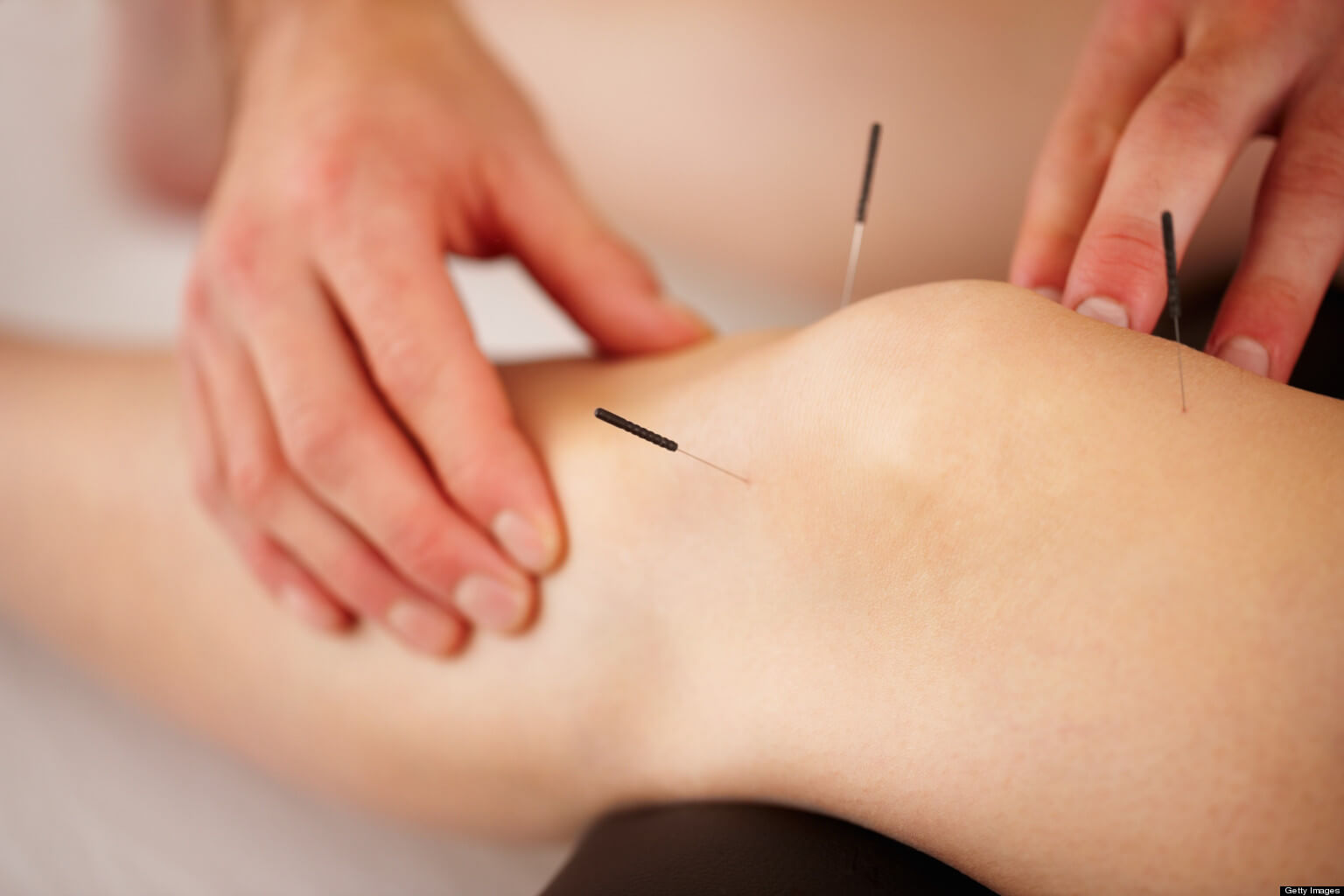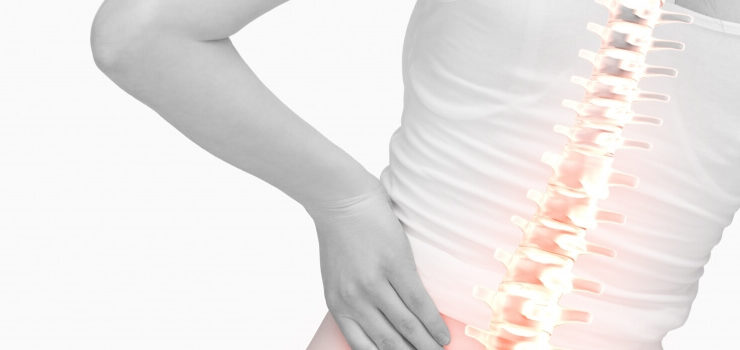Dry needling is a popular and effective technique for treating a variety of acute or chronic musculoskeletal conditions. It involves inserting acupuncture needles into or around dysfunctional tissues, usually leaving them for at least 10 minutes, and sometimes gently moving the needles for extra stimulation. A painful area can also be treated indirectly by needling around the spine, where our peripheral nerves originate.
Often physiotherapists will treat trigger points with dry needling. Trigger points are irritable and hypersensitive spots within a taut band of muscle. They feel like hard nodules and are extremely
tender. They can refer pain and cause tight, weak muscles. When needled, these points will often twitch, followed by a reduction of pain, tenderness and excessive tension.
Other scientifically investigated benefits of dry needling include:
- Stimulation of blood flow and release of helpful white blood cells, enzymes, hormones and chemicals which speed up tissue healing.
- Pain-inhibition at the relevant level of the spinal cord.
- Anti-inflammatory effects.
- Stimulation of the brain, which affects our memory of and emotional responses to pain.
- Release of brain chemicals involved in inhibiting pain.
Conditions commonly treated at PPP with dry needling include low back pain, neck pain and headaches, shoulder injuries, tennis elbow, wrist and hand problems, arthritis, bursitis, knee and hip pain, tendon injuries, plantar fasciitis, and many more.
A course of several treatments is generally required to get the most positive results.
Have a chat with us to find out whether dry needling might be helpful for your particular injury.




